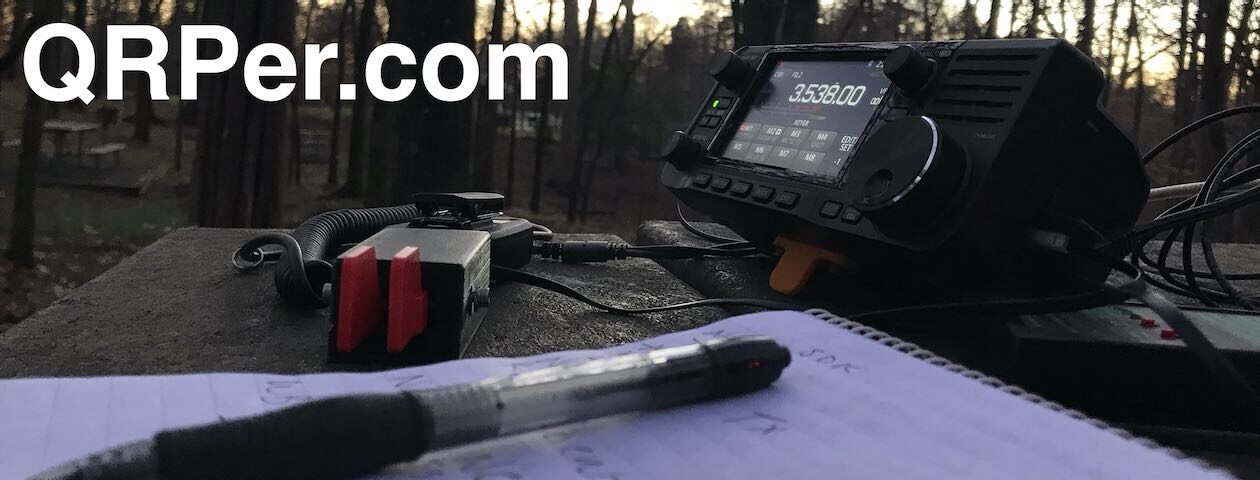 On Friday, January 5, 2024, I looked at Hazel and could tell that, despite the chilly temps, she wanted to go on a late afternoon hike. I did, too, for that matter and why not combine the hike with a POTA activation?
On Friday, January 5, 2024, I looked at Hazel and could tell that, despite the chilly temps, she wanted to go on a late afternoon hike. I did, too, for that matter and why not combine the hike with a POTA activation?
In addition, we were expecting a winter storm to move in that night, so hitting the trail in advance of the snow and ice seemed to make sense.
Before I could get my boots on, Hazel was waiting by the car door to jump in.
Mountains-to-Sea State Trail (K-8313)
 One of the closest long trails near my QTH is the Mountains-to-Sea Trail (MST).
One of the closest long trails near my QTH is the Mountains-to-Sea Trail (MST).
 At 1175 miles long, the MST stretches from the Outer Banks of North Carolina to the Great Smoky Mountains (see map above).
At 1175 miles long, the MST stretches from the Outer Banks of North Carolina to the Great Smoky Mountains (see map above).
I can actually hike to the MST from my QTH, but it takes a good hour and half to do so. It’s much easier to drive to one of the numerous nearby trailheads, and that’s exactly what Hazel and I did. I drove to one of my favorite Blue Ridge Parkway POTA spots where a short manway connects to the MST.

Hazel was so excited to hit the trail. (I was, too.)
At the end of the day (because, it was nearing the end of the day) we couldn’t hike for long if I planned to also complete a POTA activation. Sunset was at 5:29 PM local and I didn’t want to pack up and hike back in the dark.
That said, if I needed to hike back in the dark, I could have because I never go on a POTA or SOTA activation without a fully-charged headlamp. FYI: I was packing a NiteCore NU25 (affiliate link).
I started my action camera and captured the last bit of hike before Hazel and I found a great spot to set up. There were enough trees around to deploy a 40 meter EFHW and a relatively flat spot to set up my Helinox chair and KX1 station.
Since much of this section of the MST is on the Blue Ridge Parkway grounds, I checked quickly to make sure my operating site would qualify as a two-fer with K-3378.
I opened the Parceled App on my iPhone to confirm that my site was indeed on Blue Ridge Parkway property..
A KX1 Kneeboard!
 If I’m being perfectly honest, I had an ulterior motive with this trailside activation: I was eager to finally put my new KX1 kneeboard into use! Continue reading Exploring the Mountains-to-Sea Trail: QRP POTA with Hazel and a New KX1 Kneeboard!
If I’m being perfectly honest, I had an ulterior motive with this trailside activation: I was eager to finally put my new KX1 kneeboard into use! Continue reading Exploring the Mountains-to-Sea Trail: QRP POTA with Hazel and a New KX1 Kneeboard!















